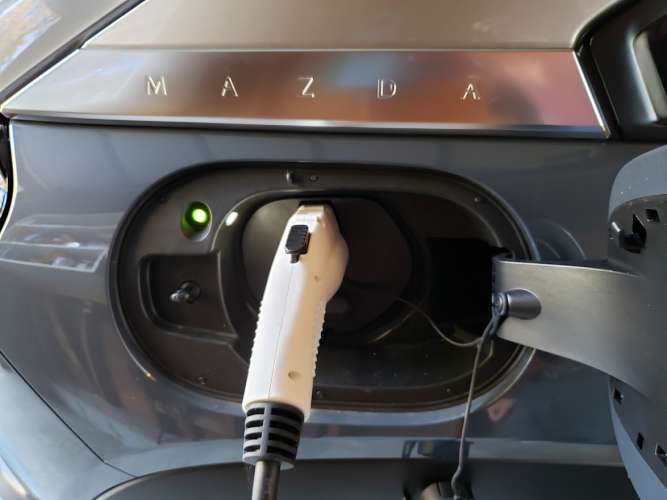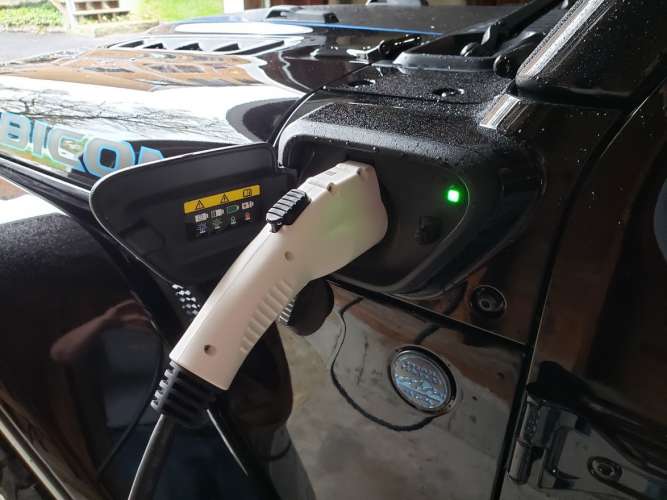There was a time in America when the available brands broke down into neat halves. First were the mainstream brands. Chevrolet and Ford epitomized this half of the market. These were brands with vehicles that generally did not offer the top-level content available in luxury lines. Each parent company offered other brands such as Buick and Lincoln intended to compete in the top-tier with the imported luxury makes.
Mercedes was once the defacto standard for excellence in the luxury market. Cadillac came and went in this segment, flirted with being a performance brand, and then seem to lose its way, even changing its address at one point, as if that could define a brand.
Over the past decade, many automotive publications clung to this old two-segment way of thinking. This despite brands like Lexus coming into the mix and adding a third tier we call premium. Simultaneously, the European brands moved to front-drive cars and crossovers to go downmarket and segment lines blurred. Yet, some publications still wanted to pretend that a brand must reside in one box and not many. Then came Tesla.
Tesla upset the apple cart in many ways. First and foremost Tesla ended the idea that a price point would define a vehicle. Tesla’s products are priced similarly to premium or luxury vehicles of the same size and shape, but lack many features now standard on luxury models. The very definition of luxury is also evolving as buyers shift their attention from leather to vegan leather and from a focus on what might be defined as driving performance to a focus on driving technology. Simultaneously, Tesla’s cost of ownership model has reshaped what many consider an “affordable” model.

Mazda is perhaps the sneakiest of brands. Once defined by the low-volume Miata and its Zoom-Zoom campaign, Mazda has become a serious player in the largest automotive segment by volume, the two-row crossover space. Mazda now has two class-leading crossovers of this type with its CX-30 and CX-5, both of which sell at very high volumes. To this Mazda will soon add a new CX-50 and a new larger crossover. With its attractive exterior styling and turbocharged engines that offer better performance than many premium and traditional luxury brands' models, coupled with technology like full-feature head-up displays and adaptive LED lighting, Mazda is clearly leaving the mainstream behind. Mazda’s reliability now puts it ahead of Toyota’s products according to Consumer Reports reliability rankings. Finally, Mazda’s safety is superior to Volvo and Subaru’s according to recent testing. Mazda also beat many brands to market with its new MX-30 battery-electric vehicle. If only Mazda had stayed in its neat little box! How rude of Mazda to go after the reliability, performance, luxury, safety, and green markets all at once.

Jeep is the brand that has demonstrated the most eagerness to change. Once defined by its Wrangler, and still an iconic brand in that sense, Jeep now offers both the highest-performing SUV on the planet (Grand Cherokee Trackhawk) and the most luxurious (Grand Wagoneer Series III). Jeep is also quickly adding electric vehicles to its portfolio. The Wrangler 4Xe is a 49 MPGe off-roader capable of electric-only operation, and many more plug-in hybrid electric vehicles from Jeep are on the way. Jeep decided that performance, luxury, off-road capability, and green vehicles can co-exist within one brand, often within a single model, and Jeep's legions of fans are eagerly embracing this new brand persona.
Looking ahead, the future is starting to become easier to predict. Every brand will soon have multiple electric vehicle offerings, and most will transition to being EV-only brands ahead of regulators’ requirements. Chinese automotive brands will soon enter the U.S. market offering models at every price point, not just the expensive end of the marketplace (Volvo) and not just using brand proxies (Buick Envision). If one thing has become abundantly apparent it is that fans, buyers, and the automotive media would do well to cleanse themselves of pre-existing notions about which brands reside in which category.
John Goreham is a long-time New England Motor Press Association member and recovering engineer. John's interest in EVs goes back to 1990 when he designed the thermal control system for an EV battery as part of an academic team. After earning his mechanical engineering degree, John completed a marketing program at Northeastern University and worked with automotive component manufacturers, in the semiconductor industry, and in biotech. In addition to Torque News, John's work has appeared in print in dozens of American news outlets and he provides reviews to many vehicle shopping sites. You can follow John on TikTok @ToknCars, on Twitter, and view his credentials at Linkedin
Re-Publication. If you wish to re-use this content, please contact Torque News for terms and conditions.













Comments
JG: “...fans, buyers, and
Permalink
JG: “...fans, buyers, and the automotive media would do well to cleanse themselves of pre-existing notions about which brands reside in which category." Also should cleanse themselves of the notion that the vehicles being produced are what customers are requesting. Vehicles produced today are first and foremost driven by the demands of bureaucrats and bureaucratic agencies. I’m not aware of the masses clamoring for auto stop/start, CVT automatics, Active Fuel Management (AFM), direct injection, 4-cylinder engines, turbochargers, 9&10 speed auto transmissions, automated manual transmissions, nagging “safety” reminders, computerized everything, or a fiery house-burner (electric vehicles). My personal resolve: No Sale!